
A cross between a turnip and cabbage, the rutabaga belongs to the same cruciferous family of vegetables as broccoli, Brussels sprouts and kale. Once it's washed and peeled, a rutabaga's orange flesh is similar in texture and flavor to a turnip; in fact, you can use them interchangeably in recipes. Although you can eat rutabagas raw in salads or as part of a crudite plate, cooked rutabagas are mildly sweet and creamy, much like a golden potato.
Boiling and Mashing
Boiled, mashed rutabagas are a popular holiday dish, especially in European countries like Scotland. After peeling the rutabagas, cook them in boiling water until a thin-bladed knife pierces them easily. Allow approximately 30 minutes of cooking time for whole rutabagas and between 7 to 10 minutes for sliced or cubed rutabagas. Boiled rutabagas taste better if you periodically remove the lid from the pot during the cooking time to release gases given off by the vegetable. Mash the cooked rutabagas with seasonings such as maple syrup and milk or cream, if desired. You can also combine them with cooked carrots or potatoes before mashing.
Roast Alone or Alongside Meat
Sliced rutabagas can be roasted alone, mixed together with slices of other hard vegetables such as winter squash, potatoes or yams or nestled next to chicken, pork or beef in a large roasting pan. To help the rutabagas cook evenly, cut the vegetable into pieces of a uniform size. Toss the pieces with a small amount of melted butter, olive oil or a flavored oil such as rosemary oil, and season them with salt, pepper, spices and fresh or dried herbs, as desired. Rutabaga should be tender and golden brown after approximately an hour of roasting at 400 degrees Fahrenheit. During the cooking time, turn the pieces over about every 15 minutes.
Experiment With Glazing
Glazing yields tender, slightly sweet vegetables coated with a thin sauce, or glaze, made right in the pan. To glaze rutabagas, arrange the sliced or diced vegetables in layers in a saucepan, using an 8-inch pan for 1 pound of rutabagas. Add just enough water to cover the vegetables and stir in your choice of sweetener, such as honey, molasses, maple syrup, brown sugar or granulated sugar. Season with salt, pepper, herbs and spices, and cook the mixture, stirring occasionally, over high heat until the liquid in the pan is thick and nearly gone, about 10 to 12 minutes. Stir the rutabagas to coat them thoroughly in the glaze.
Braise With Other Root Vegetables
Braising is similar to glazing, but it uses broth as the cooking liquid and doesn't incorporate a sweetener. The technique produces tender rutabaga with a rich, savory flavor. It's an especially striking way to prepare rutabaga with other colorful root vegetables, such as red onions, carrots, sweet potatoes and parsnips. Put the chopped vegetables into a large saucepan; add a few tablespoons of oil or butter and seasonings like garlic and pour in only enough broth to cover the pan's bottom, not the vegetables. You can use chicken, beef or vegetable broth. Bring the broth to a simmer with the pan's lid in place and cook until the rutabaga and other produce is tender, about 15 to 20 minutes.
Check Out These Thanksgiving Dinner Recipes
Gallery (24 photos)




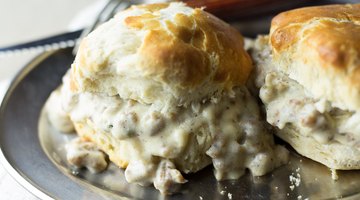
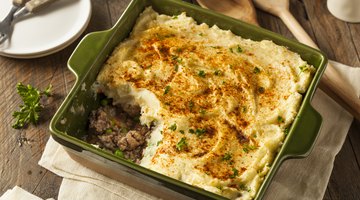
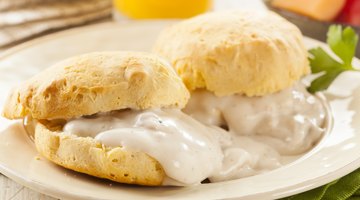


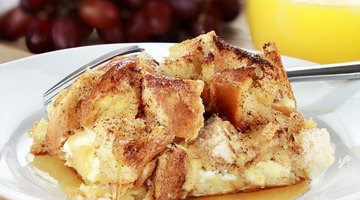
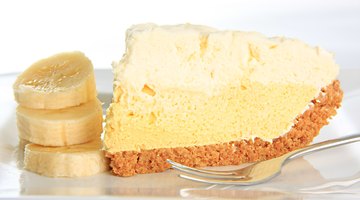
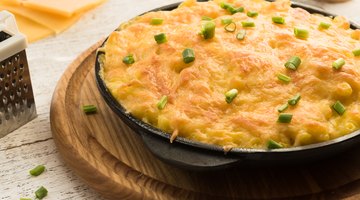
References
Writer Bio
Michelle Kerns writes for a variety of print and online publications and specializes in literature and science topics. She has served as a book columnist since 2008 and is a member of the National Book Critics Circle. Kerns studied English literature and neurology at UC Davis.